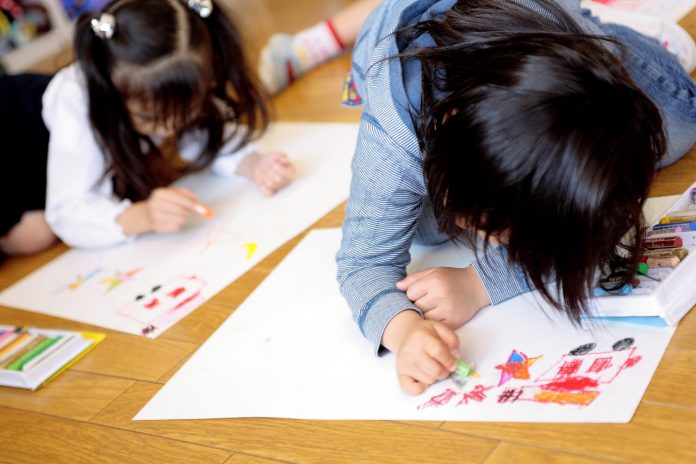Summer is the time of the year in which many parents enroll their kids in English summer courses. So, it’s a very good opportunity to reflect a little bit on the process kids go through when learning a foreign language. Let me share with you some of the findings on the topic.
Are your activities meaningful?
Carry out activities that make sense and are relevant to your students. The activities as well as the materials used need to be meaningful. Unless information carries meaning, children will not be able to acquire the language.
The following checklist will help you to evaluate the effectiveness of the activities conducted in class:
The following checklist will help you to evaluate the effectiveness of the activities conducted in class:
Yes/No | |
Was the activity meaningful for them? | |
Did it have the right degree of difficulty? (not too easy nor too difficult) | |
Did the children have fun? | |
Did the activity arouse children’s curiosity? | |
Did it help them to develop their thinking skills? | |
Did they use English to do something real? | |
Did it help them to develop a feeling of achievement? | |
Did the activity involve more than one skill? |
ü Have you included enough variety?
As we know, not all individuals learn in the same way. When we vary the format of our lesson activities, we maximize learning opportunities for all our students.
ü Did they have a chance to build on previous knowledge?
Children need a chance to work things out from what they know. So, continuous recycling of previous learning contents in different contexts is really important.
ü Do your students remain seated during class?
If your answer is yes, stop doing this! Kids need to move since movement and exercise make our brain work better.
ü How is your rapport with your students?
Students’ emotions impact on the quality of their learning. Always work on building a supportive learning environment. Also, remember that each class should aim to increase their self confidence in learning languages.
What about you?
Do you have any other ideas to share?
Estimated reading time: 1 minute, 37 seconds










